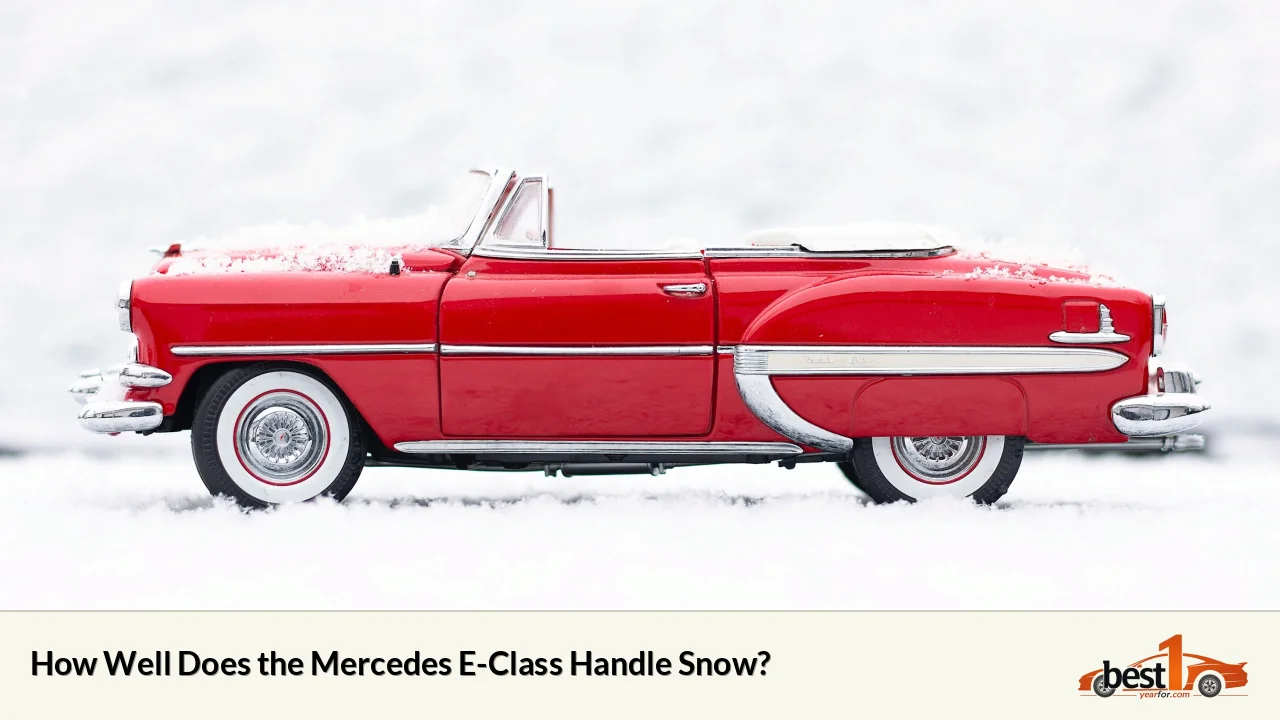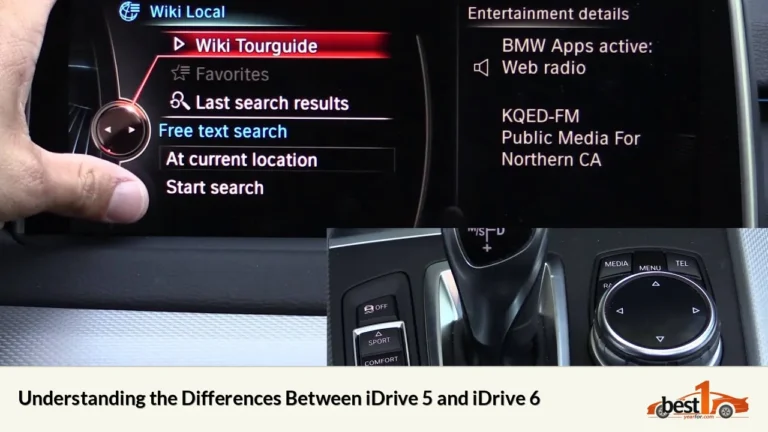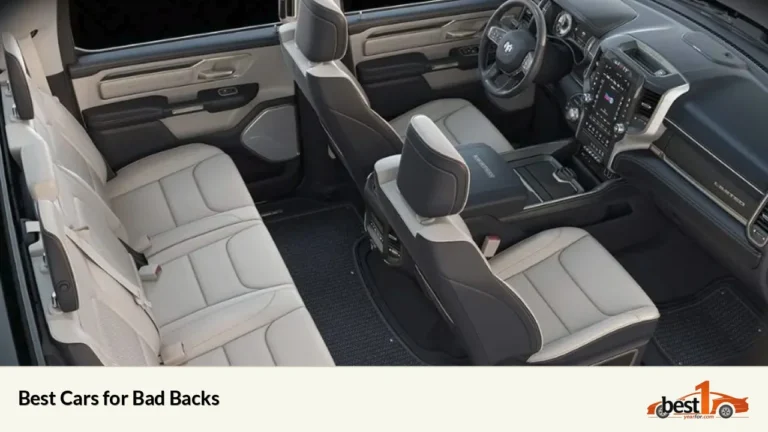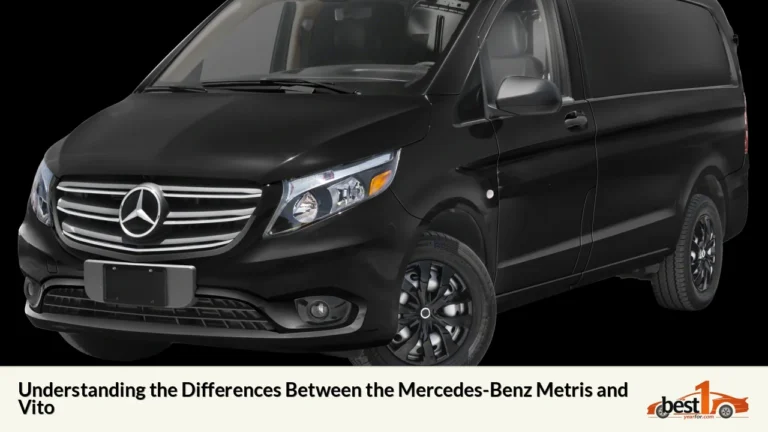Driving a convertible during winter raises several concerns, primarily related to comfort, safety, and vehicle maintenance. While many believe convertibles are unsuitable for colder months, a well-maintained convertible can indeed be driven year-round. This article delves into the pros and cons of using convertibles in winter, essential maintenance tips, and driving considerations.
Understanding the Convertible Experience in Winter
Convertibles are often perceived as summer vehicles, but modern designs have improved their usability in winter. Many convertibles come equipped with features such as heated seats and advanced climate control systems that can make winter driving comfortable. However, there are important factors to consider before deciding to drive a convertible in winter conditions.
| Pros | Cons |
|---|---|
| Enjoyable open-air experience | Increased exposure to cold air |
| Advanced heating features available | Potential for leaks and drafts |
| Stylish and fun driving experience | Maintenance challenges |
| Often equipped with all-wheel drive | Reduced insulation compared to hardtops |
Maintenance Considerations for Winter Driving
To ensure your convertible performs well in winter, it is crucial to undertake specific maintenance steps:
- Inspect the Roof: Check for any tears or leaks in the soft top. A damaged roof can lead to water ingress and interior damage[1][5].
- Winter Tires: Installing winter tires is essential for better traction on icy roads. All-season tires may not provide adequate grip when temperatures drop below 7°C (45°F)[3][5].
- Clear Snow and Ice: Regularly remove snow from the roof to prevent damage. Snow accumulation can weigh down the soft top and cause structural issues[3][5].
- Keep the Top Up: To protect the roof from damage due to cold temperatures, keep it closed during harsh weather conditions[1][5].
- Check Heating Systems: Ensure that your car's heating system is functioning correctly. A well-working heater is vital for comfort during cold drives[5][10].
- Dress Appropriately: When driving with the top down, wear warm clothing, including hats and gloves, to stay comfortable despite the cold[7][9].
Driving Tips for Convertibles in Winter
Driving a convertible in winter requires some adjustments to ensure safety and comfort:
- Drive Slowly: Snowy or icy conditions can make handling tricky; thus, reducing speed is advisable[3][7].
- Use Heated Features: Utilize heated seats and steering wheels to enhance comfort when driving with the roof up or down[6][9].
- Keep Windows Closed: If you choose to drive with the top down, close the windows to reduce wind noise and maintain warmth inside the cabin[7][9].
- Avoid Heavy Snowfall: If heavy snow is forecasted, consider parking your convertible until conditions improve to avoid potential damage from snow buildup[5][10].
The Verdict: Are Convertibles Bad in Winter?
In conclusion, convertibles can be driven during winter months if proper precautions are taken. While they may not offer the same level of insulation as hardtop vehicles, modern convertibles are designed to withstand various weather conditions when maintained correctly. With appropriate care—such as regular inspections, using winter tires, and ensuring a functional heating system—convertible owners can enjoy their vehicles year-round.
FAQs
- Can I drive my convertible in snow?
Yes, but ensure it has winter tires and clear snow off the roof regularly. - Do convertibles leak more than hardtops?
They can be prone to leaks if not properly maintained; inspect seals regularly. - What should I do if my convertible top has a tear?
Repair it immediately to prevent water ingress and interior damage. - Is it safe to drive a convertible with the top down in winter?
It can be safe if dressed warmly and using heated features; however, avoid extreme cold. - How often should I check my convertible’s roof during winter?
Regular checks after storms or heavy snowfall are recommended.
Citations:
- 1. https://cars.newagain.co.uk/knowledge-base.asp?id=414&topic=can-you-drive-a-convertible-in-the-winter
- 2. https://www.motorbiscuit.com/5-tips-driving-convertible-car-winter/
- 3. https://www.ftypeforums.co.uk/viewtopic.php?t=6412
- 4. https://www.expressandstar.com/news/motors/features/2021/12/27/best-convertibles-to-get-you-through-winter/
- 5. https://www.goodwood.com/grr/road/news/the-best-convertibles-for-a-cold-winters-drive







